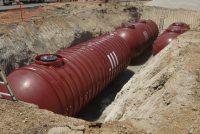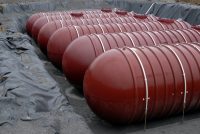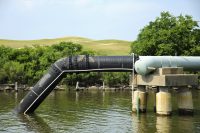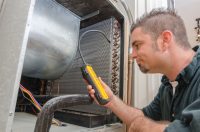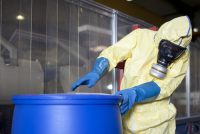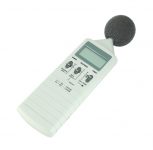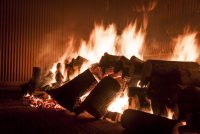USTs: 15 Steps to Take After a Flood
After a Flood If your UST has been in a flood, take the following actions, depending on site-specific conditions: Do not assume everything is OK because water didn’t actually flood over the station. The water table could have risen and caused problems. Make sure the power to any UST-related equipment is off (such as power […]

